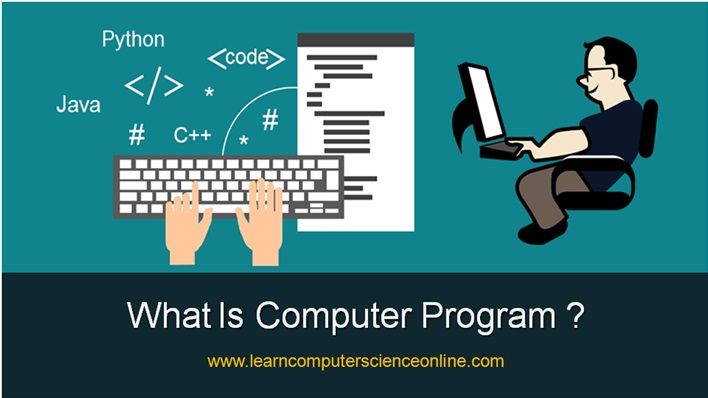
This is a critical part of writing code and learning how to code in general. The process of identifying the possible mistakes, finding what is causing the problem, and then fixing the mistake so the code works as it was intended to is called debugging. These mistakes are called bugs in the code. Making a small mistake in your code – such as a typo in a word, a missed semicolon, telling a computer to repeat a certain action but not telling it how and when to stop repeating it – will all result in an error message. When writing code, you'll be taking a problem and breaking it down into smaller and smaller steps of action, using logical reasoning, to finally come to a conclusion and solution.Ĭomputers take everything literally and pay extreme attention to detail. It helps us solve problems and create helpful new tools for communities, such as apps or websites, and lets us analyze and process large sets of data. In a nutshell, coding is the art of humans communicating with computers.

The set of instructions are called a program or the code.Ĭomputers are incredibly clever machines, but they rely on humans for getting things done. Specifically, coding is the process of creating and then giving the computer a detailed set of instructions to be carefully executed in sequential order. What is coding? A definition for beginnersĬomputer coding, also known as computer programming, is a way to tell a computer what to do.Ĭoding is a way to tell the computer how it should behave overall - the exact actions it needs to take and how to take them in an effective and efficient way.

This article goes over the fundamentals of computer coding and what programs are made of, while also giving some suggestions on how to start taking your first steps in learning how to code. Understanding what coding is at a fundamental level will make solving problems easier and will give you a better understanding of how different technologies work underneath the hood. You can peel back the layers of abstraction to get to know the underlying principles that all technologies have in common. One of the most exciting – and at times overwhelming – things about learning to code is just how much there is to learn.īut instead of just focusing on learning one specific technology, it can also help to learn the foundations – the building blocks. When you start learning to code, one of the questions you probably ask yourself is "What lannguage should I learn first?"


 0 kommentar(er)
0 kommentar(er)
